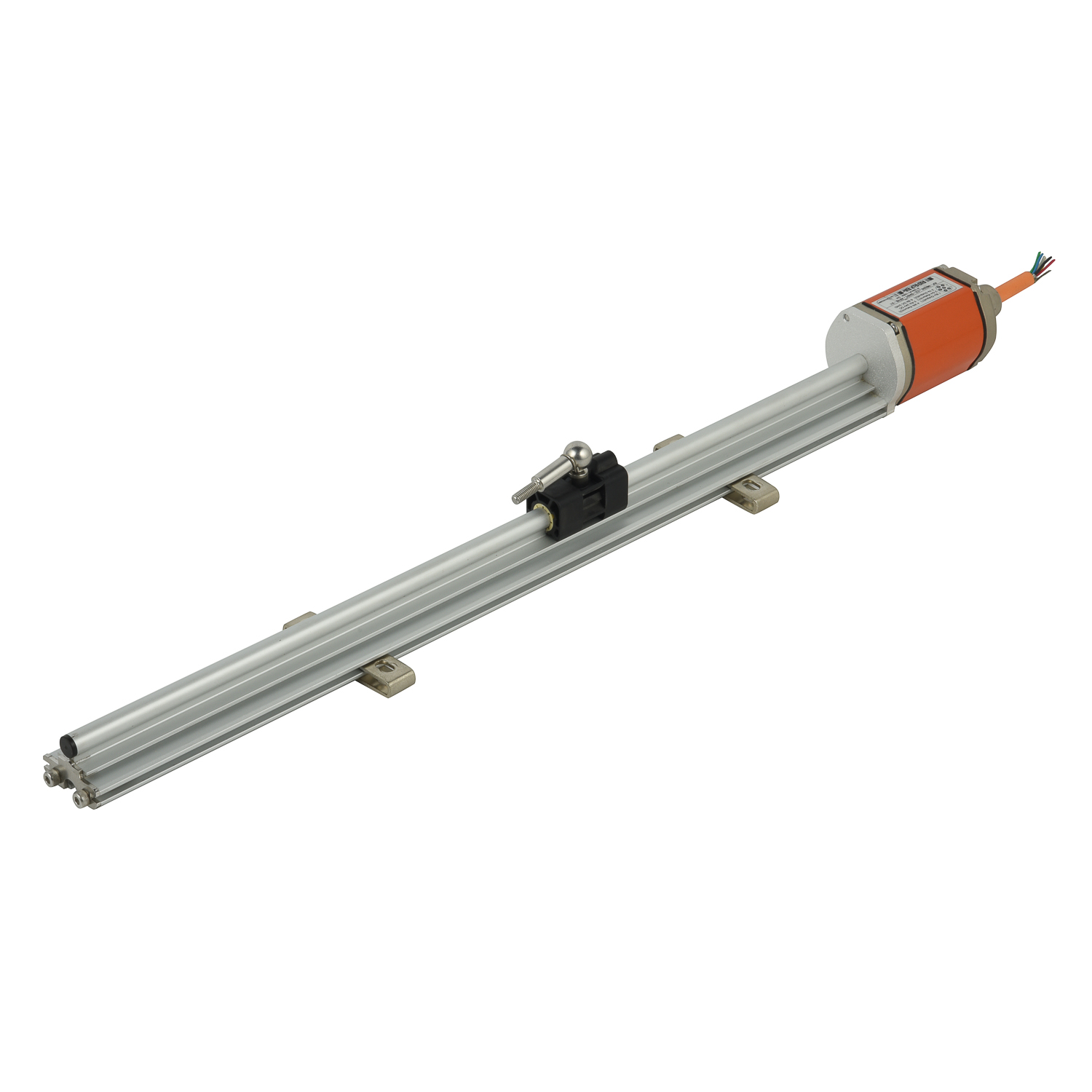What construction machinery applications use magnetostrictive sensors?
In the demanding world of construction, precision and reliability are non-negotiable. Magnetostrictive sensors have emerged as a critical technology, providing the accurate, non-contact position feedback necessary for the sophisticated machinery that builds our world. These sensors offer unparalleled durability and precision, making them indispensable for modern heavy equipment operating in harsh environments.
Precise Cylinder Position Control in Hydraulic Systems
The heart of most construction machinery lies in its hydraulic system. Magnetostrictive sensors are integrated directly into hydraulic cylinders to provide real-time, high-resolution feedback on piston position. This precise measurement is crucial for tasks requiring fine control, such as the delicate placement of loads by a crane or the grading operations of a bulldozer. By knowing the exact position of the piston rod, the machine's control system can automate movements, improve accuracy, and prevent damage from over-extension or retraction, leading to smoother operation and enhanced productivity on the job site.
Enhancing Safety and Stability in Crane and Loader Operations
For cranes and telescopic handlers, stability is paramount. Magnetostrictive sensors play a vital role in monitoring the extension of booms and outriggers. They provide continuous data on the length and angle of these components, which is fed into the load moment indicator (LMI) system. This system calculates the safe working load in real-time, preventing dangerous tip-overs and ensuring operator safety. The non-contact nature of magnetostrictive technology ensures reliable performance despite the constant vibration and shock experienced by these machines.
Optimizing Performance in Excavators and Earthmoving Equipment
Excavators rely on the coordinated movement of their boom, arm, and bucket. Magnetostrictive sensors are used in the cylinders of these components to enable advanced functionalities like grade control and semi-automatic digging cycles. The sensor data allows the excavator's computer to "know" the exact position of its attachment, enabling operators to work more efficiently and with greater precision. This reduces fuel consumption, minimizes material overbreak, and allows for faster cycle times, directly impacting the project's bottom line.
Durability for Harsh Construction Environments
Unlike potentiometers or other contact-based sensors, magnetostrictive sensors have no mechanical wear components. This makes them exceptionally well-suited for the construction industry, where equipment is subjected to extreme temperatures, moisture, dust, and continuous vibration. Their robust design ensures long service life and minimal maintenance, reducing downtime and total cost of ownership. This reliability is essential for meeting tight project deadlines and maintaining operational efficiency.

The Future: Integration with IoT and Automation
As the construction industry moves towards increased automation and connectivity, the role of magnetostrictive sensors is expanding. The precise data they generate is fundamental for machine control systems, telematics, and the Internet of Things (IoT). This data can be used for predictive maintenance, remote monitoring, and fully autonomous operation, paving the way for smarter, safer, and more efficient construction sites. The continued adoption of this technology is set to redefine the capabilities of heavy machinery.
 UpgradingYourLevelMeasurementS
UpgradingYourLevelMeasurementS
 Why are magnetostrictive level
Why are magnetostrictive level
 ComparingMagnetostrictiveandRa
ComparingMagnetostrictiveandRa
 MagnetostrictiveLevelSensorfor
MagnetostrictiveLevelSensorfor
